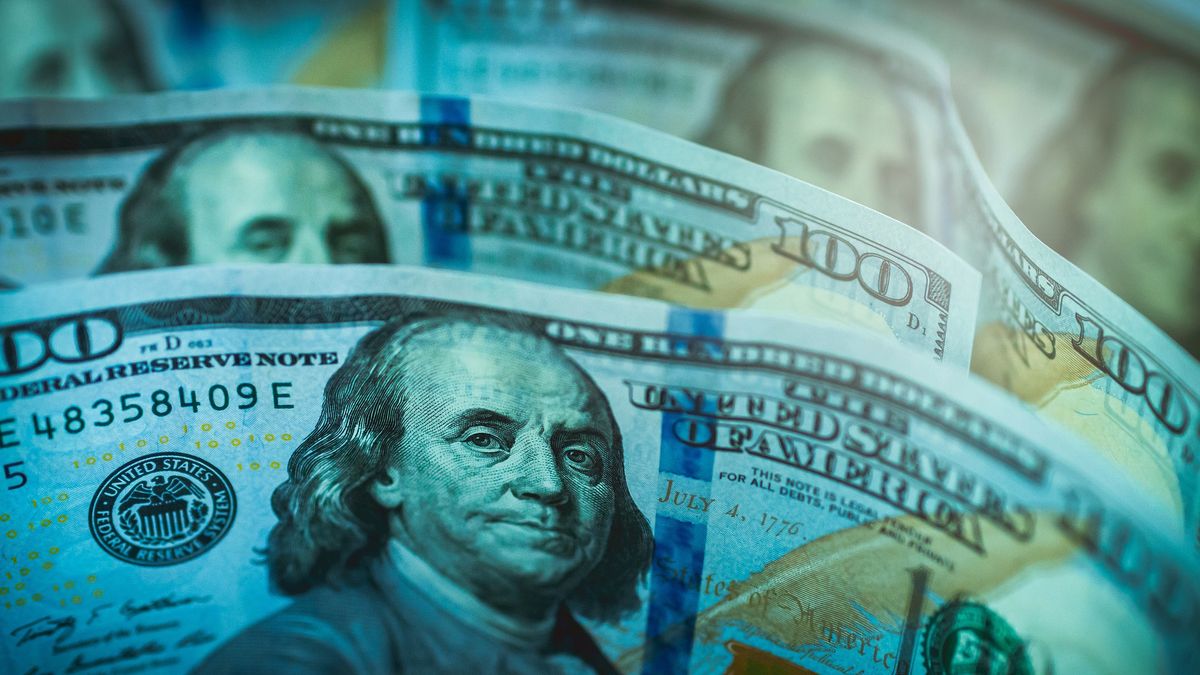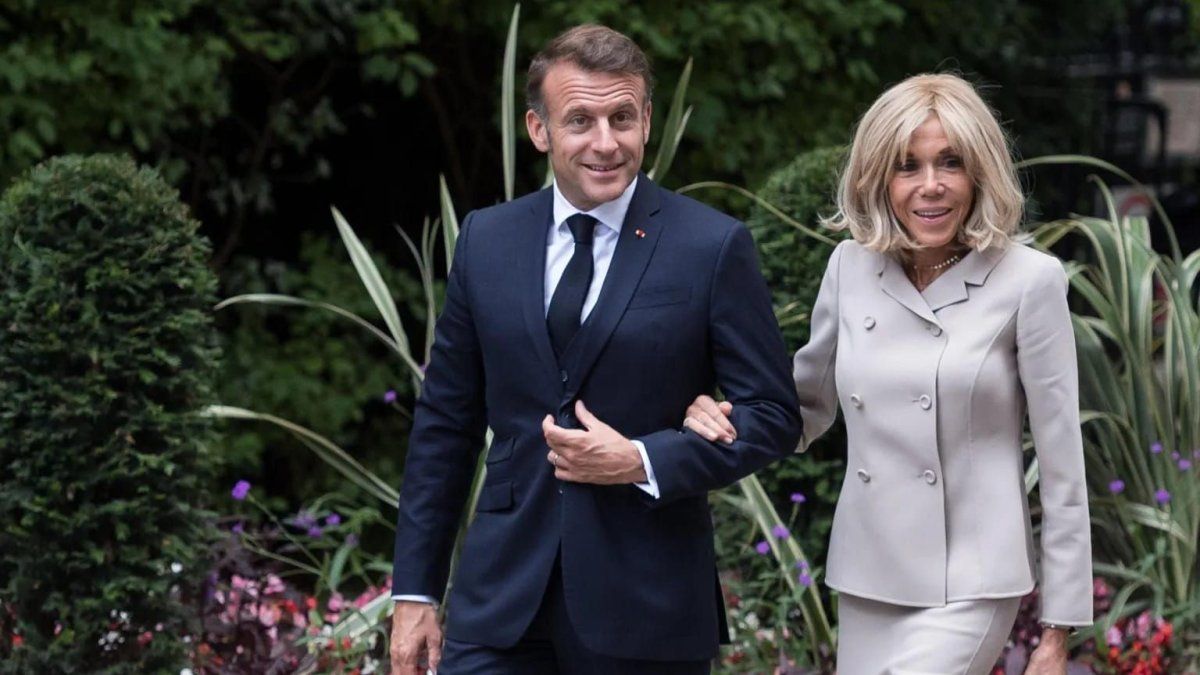The parallel dollar rose 50 cents this Friday, February 25, 2022, to $211, in what was its second consecutive rise
The blue dollar had risen another 50 cents on Thursday, after hitting five-week lows ($210) midweek.
Consequently, the spread between the parallel dollar and the wholesale exchange rate ended in 96.4%. In this way, during the week the informal price remained at the same levels as seven days ago, although it remained as the most expensive exchange rate in the market, since the CCL closed around $200.
The uncertainty prior to the announcement of an understanding between Argentina and the IMF over the debt had caused the blue dollar to skyrocket, reaching $223.50 on Thursday, January 27, its nominal historical maximum so far. Since then, it has accumulated a drop of 5.6% or $12.50.
Beyond everything, the blue dollar completed five consecutive weeks trading above $210, since last January 18 it climbed from $209 to $211.
Blue dollar price in recent months
Prior to February, the blue dollar had accumulated a increase of $5 or 2.4% during January.
Last December, the parallel dollar advanced $6.50 (+3.2%), against monthly inflation of 3.8%, according to INDEC.
Likewise, in the accumulated of 2021 it had an increase of 25.3% ($42), half with respect to the inflation of the period (50.9%). However, it is worth remembering that in 2020 it had shown a sharp jump of 111%.
What is the blue dollar?
The value of the blue dollar has a substantial difference with the official dollar, which is acquired in banks and has an established price. Its sale is in the informal market, without regulations or limits, and for this reason it is generally operated at a value greater than the official dollar.
Why is it called the blue dollar?
The origin of the blue dollar as a denomination for the operation of the banknote in the informal market is not clear. But there are theories.
An explanation of its name indicates that it is so called because in English, “blue”, in addition to naming the color blue, refers to something “dark”.
Another theory relates it to purchase operations through bonds or shares of companies known as “blue chips”. They also link it to the approximate color that appears when a fibron is applied to detect counterfeit bills.
Price of the savings or tourist dollar
The savings dollar or solidarity dollar -retail plus tax- rose 10 cents to $186.27 on average.
More news about the Blue Dollar and the Dollar
Dollar: scenarios with or without agreement with the IMF
Reserves to the limit, high inflation and agreement with the IMF: what can happen to the dollar in February
Source: Ambito
David William is a talented author who has made a name for himself in the world of writing. He is a professional author who writes on a wide range of topics, from general interest to opinion news. David is currently working as a writer at 24 hours worlds where he brings his unique perspective and in-depth research to his articles, making them both informative and engaging.




